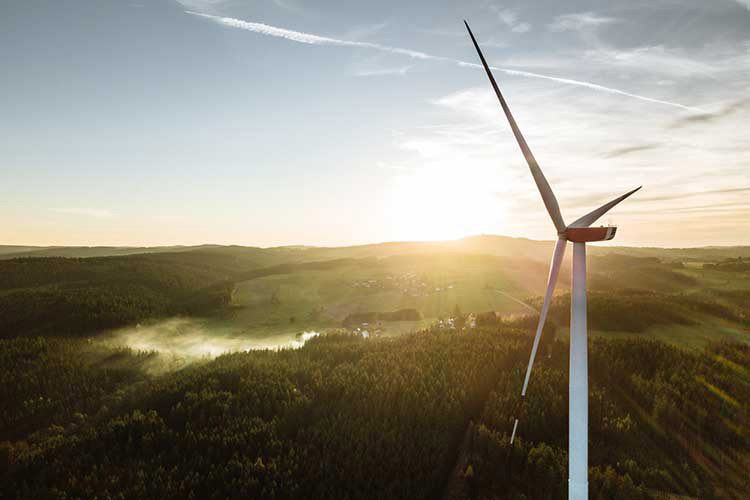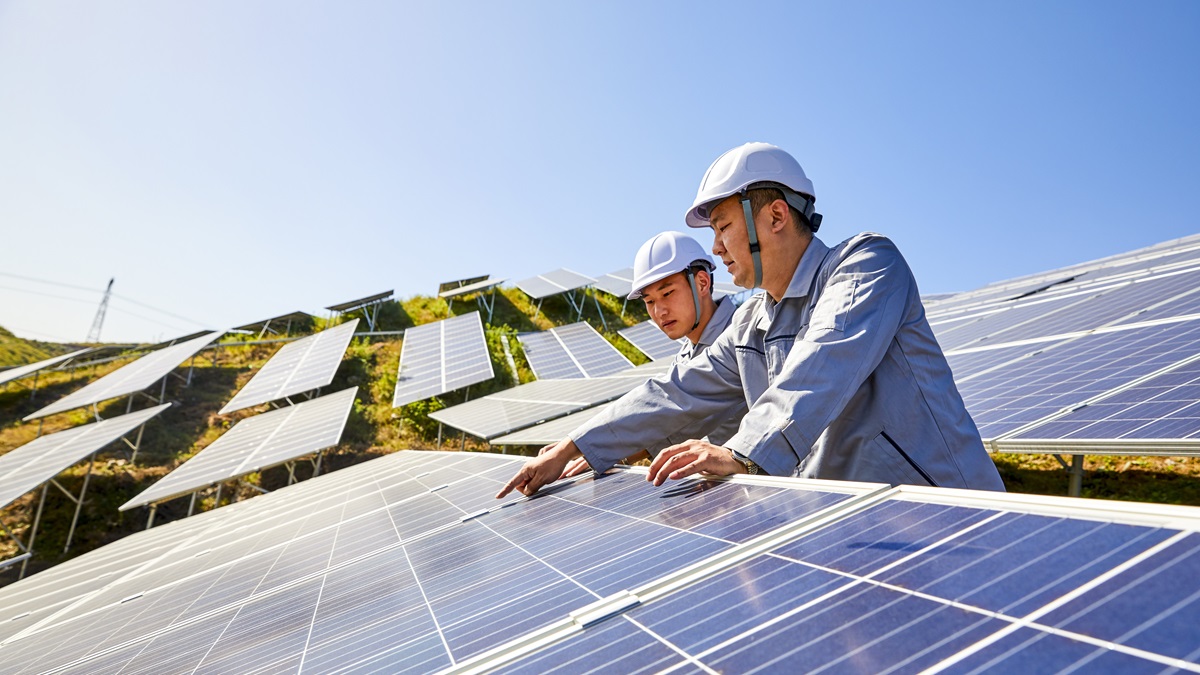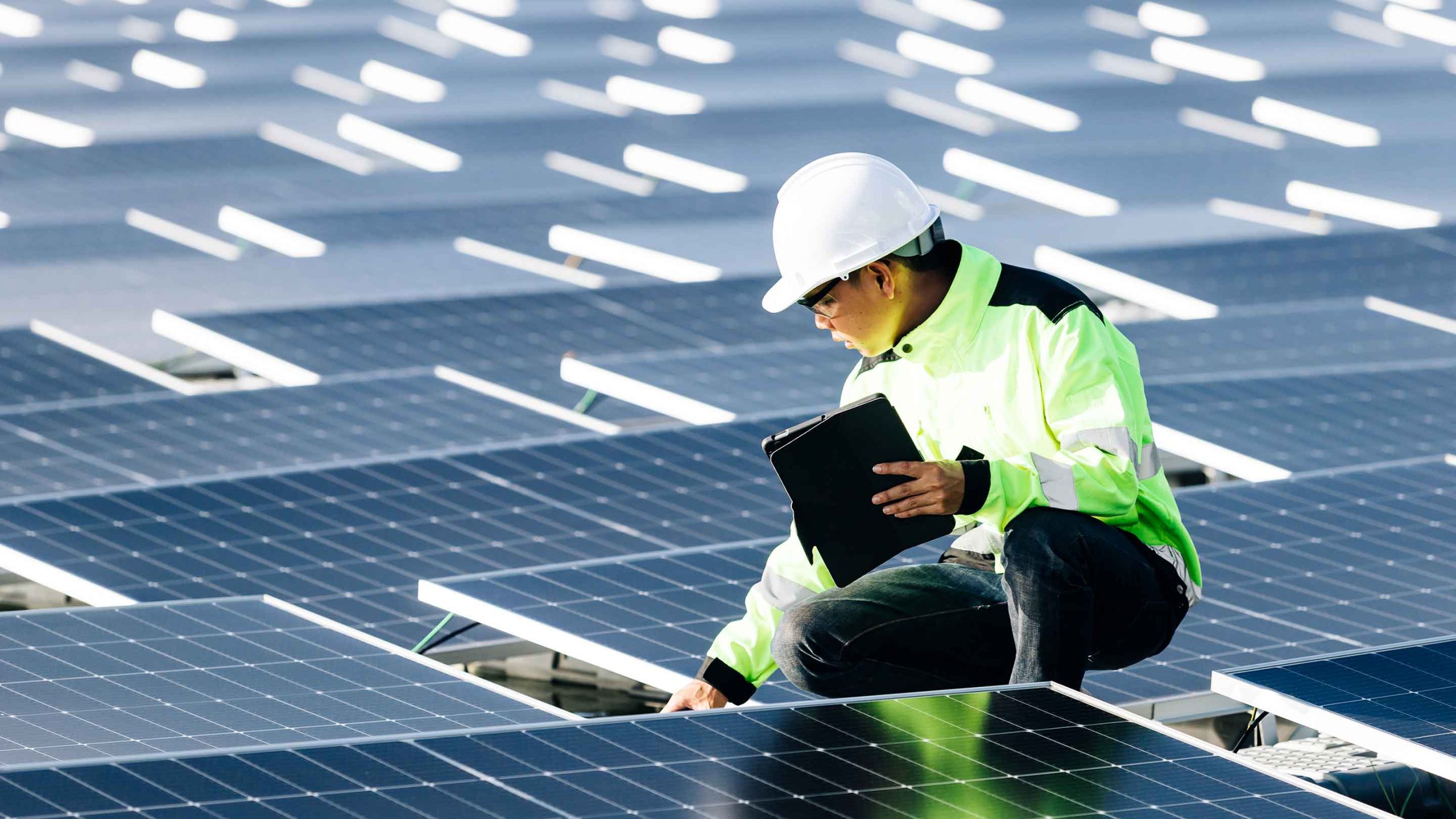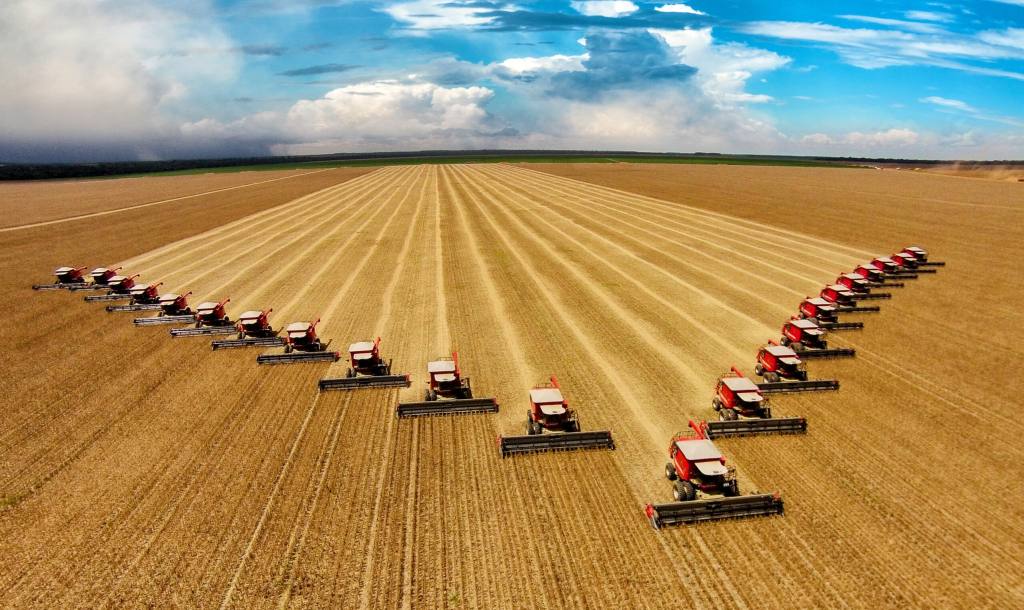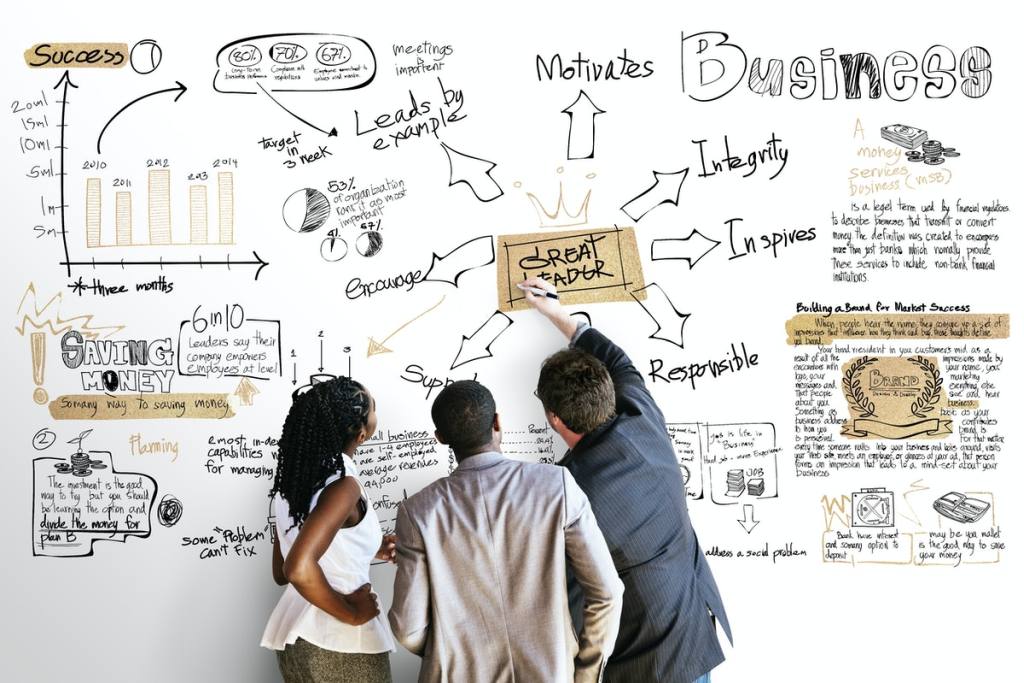Innovative Technologies for Building Enhancing Urban Resilience

The rapid growth of urban populations has made it increasingly important to focus on sustainability in the built environment. Cities face challenges like resource scarcity, climate change, and the need for resilient infrastructure. Innovative technologies in sustainable building play a crucial role in addressing these challenges, helping cities become more resilient while reducing their environmental impact. By integrating advanced materials, energy-efficient systems, and smart design practices, urban areas can enhance their resilience and sustainability.
Advanced Building Materials
One of the most significant advancements in sustainable building technology is the development of eco-friendly materials. Traditional construction materials, such as concrete and steel, have significant environmental footprints due to their energy-intensive production processes and high levels of carbon emissions. Innovative alternatives, like cross-laminated timber (CLT), recycled materials, and bio-based products, offer more sustainable options.
Cross-laminated timber, for example, is a renewable material that sequesters carbon rather than emitting it. Buildings made from CLT are not only strong and durable but also significantly lighter than those made from concrete or steel, reducing the need for deep foundations and thus minimizing environmental impact. Additionally, the use of recycled materials, such as reclaimed wood, recycled metal, and sustainable insulation, helps reduce waste and lowers the demand for virgin resources. Incorporating these advanced materials into building designs contributes to urban resilience by creating structures that are both sustainable and capable of withstanding the challenges posed by climate change.
Energy-Efficient Building Systems
Energy efficiency is a cornerstone of sustainable building design. With buildings accounting for a significant portion of global energy consumption and carbon emissions, integrating energy-efficient systems is essential for reducing the environmental impact of urban areas. Technological advancements have made it possible to design buildings that consume far less energy while maintaining or even improving comfort and functionality.
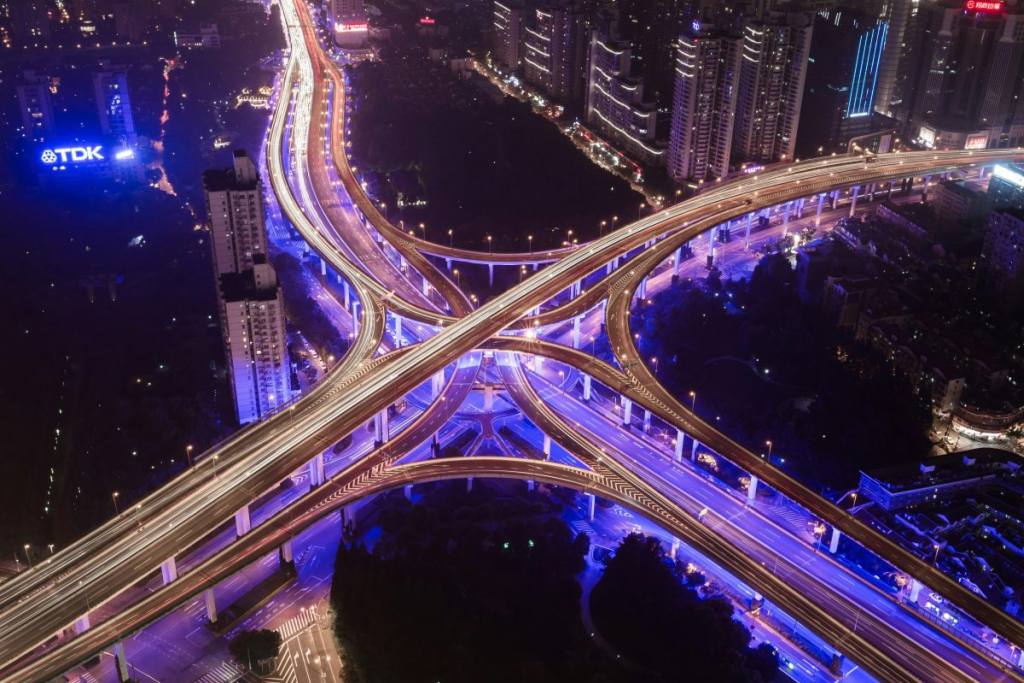
One key innovation is the development of smart building systems that optimize energy use through automation and real-time data analysis. These systems can control heating, cooling, lighting, and ventilation based on occupancy patterns, weather conditions, and energy prices. For example, smart thermostats and advanced HVAC systems can adjust temperatures dynamically, ensuring that energy is used efficiently without sacrificing comfort. Similarly, the use of LED lighting and daylighting strategies can reduce electricity consumption significantly.
Renewable energy integration is another crucial aspect of energy-efficient building systems. Solar panels, wind turbines, and geothermal systems can be incorporated into building designs to generate clean, renewable energy on-site. This not only reduces reliance on fossil fuels but also enhances urban resilience by providing buildings with their own energy sources, making them less vulnerable to grid disruptions.
Water Management and Conservation Technologies
Water scarcity is a growing concern in many urban areas, making effective water management and conservation technologies essential components of sustainable building design. Innovative systems for water collection, treatment, and reuse can significantly reduce the demand for potable water and mitigate the impact of urbanization on local water resources.
Green roofs and rainwater harvesting systems are two examples of technologies that help manage water sustainably. Green roofs, which involve planting vegetation on rooftops, not only provide insulation and reduce energy consumption but also capture and filter rainwater, reducing runoff and easing the burden on stormwater systems. Rainwater harvesting systems collect and store rainwater for non-potable uses, such as irrigation, toilet flushing, and cooling towers, reducing the demand for treated water.
Greywater recycling systems are another innovative solution for water conservation. These systems treat wastewater from sinks, showers, and laundry, allowing it to be reused for purposes like irrigation and toilet flushing. By incorporating such technologies into building designs, cities can reduce their water footprint and enhance their resilience to droughts and other water-related challenges.
Smart Urban Planning and Design
Innovative technologies in sustainable building go hand-in-hand with smart urban planning and design. Cities must be designed to accommodate growing populations while minimizing environmental impact and enhancing resilience. Smart urban planning involves integrating green spaces, promoting sustainable transportation, and ensuring that buildings are designed to be adaptable and resilient to future challenges.
Mixed-use developments, for example, combine residential, commercial, and recreational spaces in a single area, reducing the need for long commutes and encouraging walking and cycling. This not only reduces traffic congestion and pollution but also fosters a sense of community. Incorporating green spaces into urban planning, such as parks, urban forests, and green corridors, provides essential ecosystem services, improves air quality, and enhances the overall well-being of residents.
Additionally, designing buildings and infrastructure to be adaptable and resilient to climate change is crucial. This can include features like flood-resistant foundations, elevated structures, and the use of materials that can withstand extreme weather conditions. Smart design practices that consider future climate scenarios and population growth trends ensure that urban areas remain livable and resilient for decades to come. Websites dedicated to sustainable architecture and urban design, such as ArchDaily, provide valuable insights and examples of how these principles can be applied effectively.
Conclusion
Innovative technologies in sustainable building are essential for enhancing urban resilience in the face of growing environmental challenges. By utilizing advanced materials, energy-efficient systems, water management technologies, and smart urban planning, cities can reduce their environmental impact and become more resilient to the effects of climate change. These technologies not only contribute to the sustainability of the built environment but also improve the quality of life for urban residents. As cities continue to grow and evolve, embracing these innovations will be key to ensuring a sustainable and resilient future for all.

